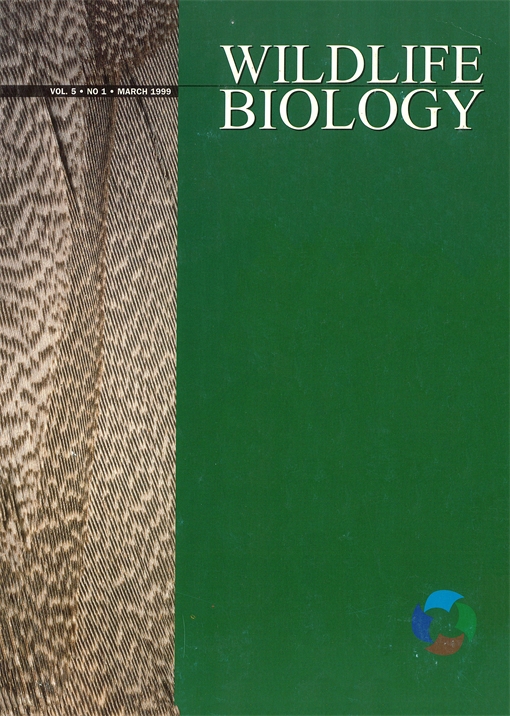Unsprayed cereal crop margins were tested in large-scale field trials during 1991–1994, as part of the Swedish agricultural authorities' nation-wide campaign to reduce pesticide usage. Eleven pairs of farms in central and southern Sweden were chosen. One farm in each pair was sprayed normally (i.e. 90–100% of cereal fields were treated annually with herbicides; insecticides and fungicides were only used after pest and disease thresholds had been exceeded), whilst on the other farm the outer six metres of crop of several cereal fields received no pesticides. In each year, unsprayed crop margins in both autumn- and spring-sown cereals had significantly higher percentages of weed cover. Unsprayed crop margins supported higher densities of nontarget arthropods, particularly the non-pest species which are important in the diet of insect-eating gamebird chicks. Significant positive relationships were observed between the densities of these insects and the degree of weed cover. Mean brood sizes and chick survival rates of both grey partridges Perdix perdix and pheasants Phasianus colchicus were higher on farms with unsprayed crop margins. The effects of omitting herbicide (pesticide) treatments were most dramatic for grey partridges. The treatment, both by itself and mediated through insect density and weed cover, had highly significant effects on brood sizes. There was a significant increase in the mean number of pairs of partridges found in spring on farms with unsprayed cereal crop margins. No similar increase was observed for pheasants. The benefits of unsprayed cereal crop margins to partridges and pheasants are discussed.
How to translate text using browser tools
1 June 1999
The benefits of unsprayed cereal crop margins to grey partridges Perdix perdix and pheasants Phasianus colchicus in Sweden
Philip A. Chiverton

Wildlife Biology
Vol. 5 • No. 2
1999
Vol. 5 • No. 2
1999
chick survival
grey partridges
insects
pesticides
pheasants
weeds




